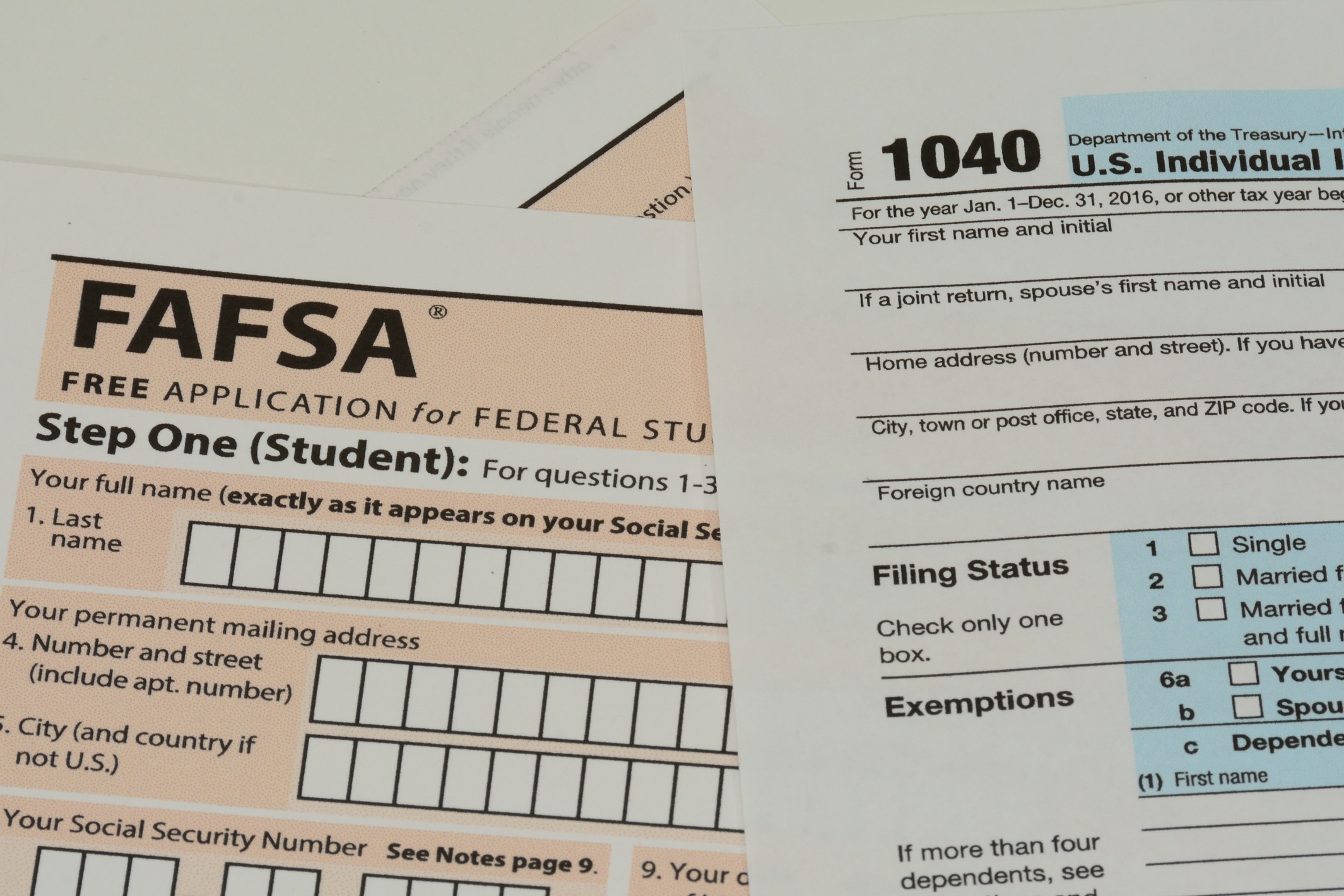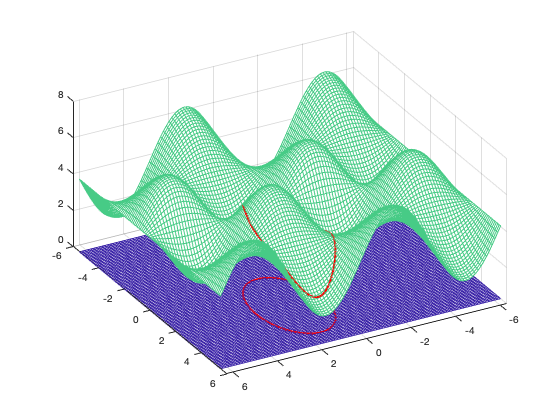
Making math fun for your children is easier than you think. These are some of the fun ways to make math more enjoyable for your children. Make flashcards, mnemonics, or 10s out of numbers. These will be a hit with kids. Another fun activity is this: Make a flashcard with a single number and recite it. This fun activity will be a hit with your kids! And don't forget to share it with your friends!
Making math fun
Make math relevant to your daily life. This is one of the best ways to make math enjoyable for kids. You can make math relevant to your daily life by making it relevant to your child's goals. You can help your child relate math to the real-world by taking a walk outdoors and pointing out shapes and angles. Mathematics is all around us-right angles, shadows on buildings, the Fibonacci sequence on sunflower petals, and so on. These facts can help make math more interesting for kids.
Create flashcards
Creating flashcards for math kids is an excellent way to build fact recall and fluency. You can also use a website such as Quizlet. It allows you to create and share group flashcards, and many have an option to make your own virtual cards. Google Docs can be used to create your own cards. These websites can be used to generate multiple-choice questions or add images. Once you've created flashcards, your children can use them to practice by printing them or keeping them on a computer.

Creating mnemonics
Making mnemonics can be helpful in helping kids remember math concepts and solving word problems. These can be used from elementary school to high school, and they can even be used for a higher grade level. If you are going to teach mnemonics for mathematics, it is important that you explain the meaning of each one and show their effectiveness. After demonstrating them successfully, you can teach your students how to use them.
Making 10s
Teaching your child how to make tens is one of the most important things you can do when teaching them counting. This concept can be easily illustrated by using base 10-blocks. By using base 10 blocks, students will see that the number base 10 doesn't have any one and becomes one when you add 4 ones. A twenty-frame mat with two yellow and three red counters can be used to help your child understand how to replace a 0 by a number.
How to create bar graphs
Creating bar graphs for math kids is a fun and interactive activity that combines measuring skills and the art of graphing. Students brainstorm together and come up with great ideas for creating graphs. Each group must create a title for the graph and label both the horizontal and vertical sides. Students can also use an interactive Velcro dart board to collect data. Children can also use pom-poms to target their targets.
Creating scaled picture graphs
Your children will be able to create scaled picture diagrams for math. This skill will allow them to learn how data can be analyzed visually. The body and the legend are the basic components of a pictograph. The legend tells students how many objects are in each photo, and the body contains groups of objects. Based on data analysis, the body separates the objects. An example: A business may have rows for each month and a picture for each case.

Creating scaled bar graphs
Scaled bar graphs can be used to help students understand multi-step problems better and make sense of data. The learning objective "Problems with a Scaled Bar Graph" refers specifically to CCSS standards and state standards that support student engagement. This lesson is directly based on standard 3.MD.B.3 within the common core maths standards. You can give your students worksheets which teach them how to create scaled image graphs.
FAQ
What does it take for you to become a teacher at an early age?
First, you must decide if early childhood education is what you want to pursue. You will need to earn your bachelor's degree if you decide to pursue a career in early childhood education. Some states require that students have a master's level degree.
You'll likely have to take classes during the summer. These courses can be taken to learn about topics such as pedagogy and curriculum design.
Many colleges offer associate degree programs that lead directly into a teaching certificate.
Some schools offer certificates, while others offer bachelor's and master's degrees. However, some schools only offer diplomas.
Teaching at home may be possible without additional training.
What is the difference between public and private schools?
Public schools are free for all students. They offer education for kindergarten through high school. Private schools charge tuition fees. They provide education for students from pre-school through college.
Charter schools are public-funded but privately managed. Charter schools don’t follow traditional curriculum. Instead, charter schools give their students more freedom in learning what interests them.
Charter schools are popular with parents who believe their children should receive quality education regardless of their financial status.
Is it difficult to become a teacher?
It takes a lot of commitment to become a teacher. You will need to devote a significant amount of time to your studies.
While completing your degree, you can expect to work approximately 40 hours per week.
You will also need to find a job that suits your schedule. Many students report difficulty finding part-time jobs that work around their school schedules.
When you are hired for a full-time job, you will most likely be required to teach classes during the school day. You may be required to travel across the country to teach classes during the week.
What is a trade school?
Trade schools can be an alternative for those who have not had success in traditional higher education to obtain a degree. They provide career-oriented programs to help students prepare for specific occupations. These programs require students to complete two years of coursework in one semester. After that, they enter a paid apprenticeship program in which they acquire a job skill and get on-the-job training. Trade schools are vocational schools and technical colleges, as well community colleges, junior colleges, universities, and other institutions. Associate degrees are offered by some trade schools.
What are the types of early child education?
There are many different ways to describe early childhood education. These are the most popular:
-
Preschool - Children ages 2 to 5
-
PreKindergarten – Children aged 4-6
-
Head Start/ Headstart - Children ages 0 to 3
-
Day Care/Daycares - Children from 0-5 Years
-
Child Care Centers: Children from 0-18
-
Family Child Care - Children ages 0 to 12
-
Homeschooling - Children from KG to 16
Statistics
- And, within ten years of graduation, 44.1 percent of 1993 humanities graduates had written to public officials, compared to 30.1 percent of STEM majors. (bostonreview.net)
- Think of the rhetorical power of nineteenth-century abolitionist Harriet Beecher Stowe, Martin Luther King, Jr., or Occupy Wall Street activists with their rallying cry of “we are the 99 percent.” (bostonreview.net)
- They are more likely to graduate high school (25%) and finish college (116%). (habitatbroward.org)
- In most developed countries, a high proportion of the population (up to 50%) now enters higher education at some time in their lives. (en.wikipedia.org)
- Globally, in 2008, around 89% of children aged six to twelve were enrolled in primary education, and this proportion was rising. (en.wikipedia.org)
External Links
How To
Why homeschool?
When choosing whether to homeschool or send your child to school, there are several factors to consider.
-
What type of education do you want for your child? Are you looking for academic excellence, or social skills?
-
What degree of involvement would you prefer to have in your child’s education. Are you more interested in being kept informed about your child's progress? Would you rather keep your child informed?
-
Do you have any special needs for your child? What can you do to help your child with special needs?
-
Is it possible to manage your child’s schedule? Will you be able to teach your child every day at home?
-
What subjects will your course cover? Math, science, language arts, art, music, history, geography, etc. ?
-
What amount of money are you able to spend on your child's education?
-
Is your child able to go to school?
-
Where will you house your child? This includes finding space large enough to house your child, as well providing facilities such as bathrooms and kitchens.
-
What's your child's average age?
-
When does your child go to bed?
-
When will he/she awaken?
-
How long does it take for you to get from A to B?
-
Is your child's primary school close to you?
-
What distance is there between your home, and the school of your child?
-
How will your child get to and from school?
-
What are some benefits to homeschooling?
-
What are the downsides?
-
Who will watch over your child when he/she goes outside?
-
What are your expectations of your child?
-
What type of discipline do you want?
-
Which curriculum will you use for your studies?
There are many reasons that people homeschool their children. Some of them include:
-
Your child is unable to attend traditional schools because of learning disabilities.
-
You want to provide an alternative form of education for your child.
-
You would like more flexibility with your scheduling.
-
You don't want to pay high tuition fees.
-
Your child is receiving an education of a higher quality than the one he/she could get in a traditional school.
-
You think you can teach your child better than the teacher in a traditional school setting.
-
You don't love the way the school system operates.
-
You are not comfortable with the school's regulations.
-
You want your child with a strong work ethic.
-
You want your child's freedom to choose the courses they take.
-
You want your child to receive individual attention.
There are other benefits to homeschooling:
-
There are no worries about uniforms or books, pencils, papers, or other supplies.
-
You can personalize your child's education according his/her interest.
-
Parents can homeschool their children and spend time with them.
-
Students who have been homeschooled learn better because they're not distracted by peers.
-
Many homeschoolers score higher in standardized tests.
-
Homeschool families tends to be happier overall.
-
Homeschool students are less likely to drop out of school.